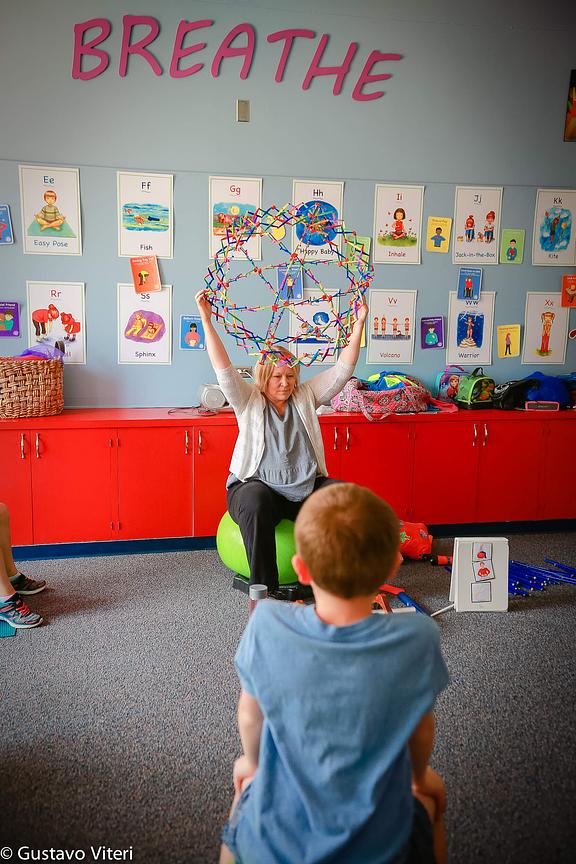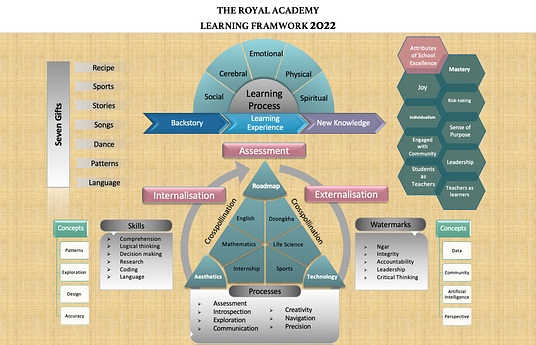All humans are sensory beings, as this is how we explore and process information within our world.Sensory rooms are special spaceswithin the school that allowstudents of all abilities to self-regulate, rebalance and have their sensory needs met. These rooms can be found in both specialized schools and public schools, such asHanover Elementary School in Meriden, Connecticut, United States. Meriden Public Schools set up a sensory room tosupporta holistic sensory inputfor children with autism on theSTARS programme - Students Teachers Achieving Remarkable Success) as well as students of all abilities.
The Sensation Station-Sensory Room at Hanover Elementarywas designed to find a creative, appropriate way to address the various needs of the studentswithin the school community.This room is used throughout the school day for students with varying sensory, self-regulatory and behavioral needs andwas designed with the primary intent to build a space that feelsand looks different from other classrooms within the school as soon as children walk in the door. The specific design and programming allow for purposefulexploration within the room, as well asmodeling and small group instruction.Significant aspects of the room include aball circle for drumming and vestibular input, specific music, mindful breathing , yoga, and stations all with a specific sensory, self-regulatory purpose.
Theroom provides a means for all students and staff to find appropriate strategies and tools that can be utilized for self-regulation ensuring participation as active, calm learners within their school and community. It alsoprovidestactile, auditory, vestibular, proprioceptive andkinesthetic input as well as stimulatingsmell, sight and self awareness through small group instruction,mindful breathing, yoga postures and stations throughout the space.
The sensory room is integrated into the whole school. Students use the sensory room as part of their school day with classes timetabled to use the space. Upon returning to the classroom, learning is punctuated with regular, scheduled sensory breaks. This way, the benefits gained from use of the sensory room, such as improved focus and greater retention, are maximized.
Hanover Elementary School has worked with other schools to train practitioners and families across the district. While not every school may have the space for a dedicated sensory room, its creators believe its program and philosophies can be used in all schools with a little creativity. Advice is tailored to the specific needs of the school depending on their space and budget.
It can be difficult to ensure that the equipment isn’t being used inappropriately and it may require a certain level of staffing to ensure the best outcomes and the safety of the children.
Educators will also need to have an open mind, as it could take time to get the children used to this new routine and the expectations that come along with it, which are very different to the expectations of a general classroom.
While this is a sensory room designed specifically for children with autism, Hanover Elementary also has asimilar sensory room set up to meet the needs of children with ADHD oremotional andbehavioral needs, for example with punch bags and monkey bars to help release energy.
The sensory room is alsoused by the wider school community. Neurotypical children are welcome to use the room when the sensory sessions are not taking place and the school can hire it out for other uses in the evenings.
Hanover Elementary School hostsFamily Night events for the STARS students and family members. This is critical as many of thefamilies describe these eventsas the only evening they can go out as a family and truly enjoy themselves.



